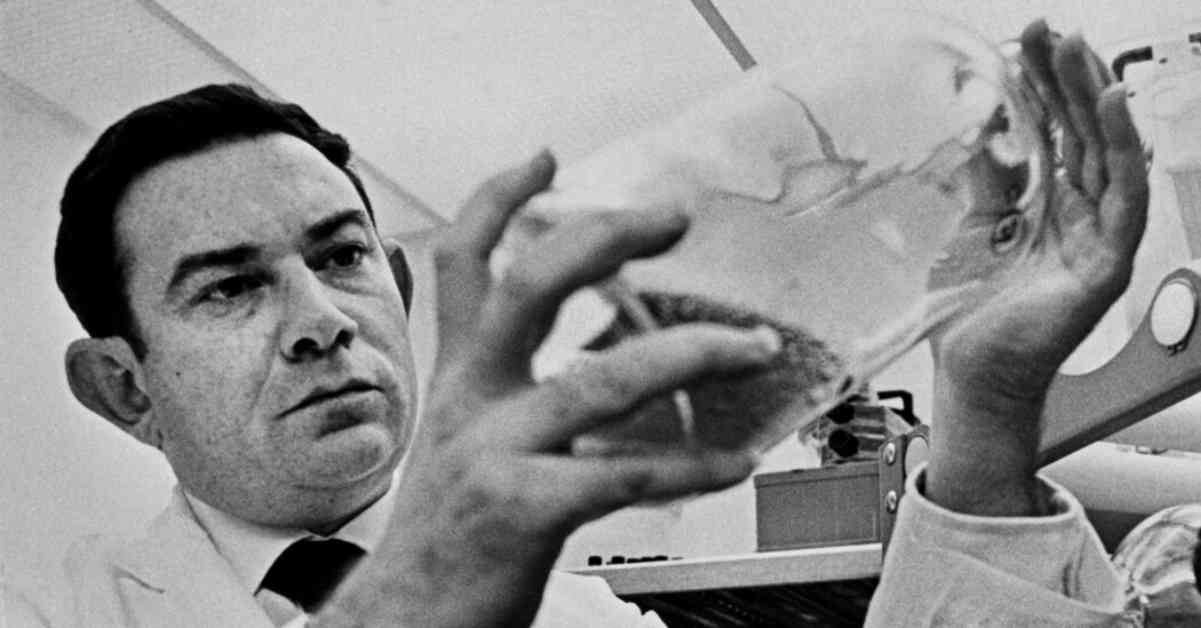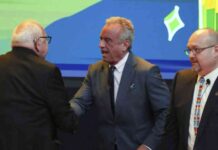Leonard Hayflick, a renowned biomedical researcher who made groundbreaking discoveries in the field of cell aging, passed away at the age of 98 in his home in Sea Ranch, California. Hayflick’s work revolutionized our understanding of the human life span by revealing the inherent limitations of cell division. His findings have had profound implications for our understanding of aging and have challenged long-held beliefs about the potential for human immortality.
Discovering the Hayflick Limit
Hayflick’s seminal discovery came in the early 1960s while he was conducting research at the Wistar Institute in Philadelphia. Initially focused on developing healthy embryonic cell lines for cancer studies, he and his colleague Paul Moorhead stumbled upon a remarkable phenomenon. They observed that somatic cells, which are nonreproductive cells, could only divide a finite number of times before entering a state of senescence. This phenomenon came to be known as the Hayflick limit, named after Leonard Hayflick himself.
The implications of the Hayflick limit were profound. Hayflick theorized that as cells reached this limit and entered senescence, the body itself began to age and deteriorate. This provided a cellular explanation for the aging process, challenging the prevailing belief that aging was solely influenced by external factors such as disease, diet, and environmental exposures. Furthermore, Hayflick’s work debunked the notion that cells were immortal and highlighted the intrinsic limitations of the human life span.
Impact on Understanding Aging
Hayflick’s research fundamentally changed the way scientists approached the study of aging. By elucidating the cellular mechanisms that underlie aging, he provided a new framework for understanding the complex interplay between genetics, environment, and cellular function. His work laid the foundation for further research into the molecular pathways that regulate aging and age-related diseases.
One of the key takeaways from Hayflick’s findings is that no amount of external interventions, such as diet, exercise, or genetic manipulation, can overcome the inherent limitations of cell division. This has significant implications for the field of anti-aging research, as it underscores the importance of targeting the root causes of aging at the cellular level.
Legacy of Leonard Hayflick
Leonard Hayflick’s legacy extends far beyond his groundbreaking research on cell aging. Throughout his long and illustrious career, he made significant contributions to the fields of virology, cell biology, and aging research. His work has paved the way for a new generation of scientists to explore the intricate mechanisms that govern the aging process and has inspired a renewed focus on understanding the fundamental biology of aging.
Hayflick’s impact on the scientific community is immeasurable, and his legacy will continue to shape the future of aging research for years to come. As we reflect on his contributions, we are reminded of the importance of curiosity, perseverance, and a commitment to unraveling the mysteries of life and aging.
In conclusion, Leonard Hayflick’s pioneering work on the Hayflick limit has left an indelible mark on the field of aging research. His discoveries have reshaped our understanding of the aging process and have opened new avenues for exploring interventions to promote healthy aging. As we remember his legacy, we are inspired to continue pushing the boundaries of scientific knowledge and seek a deeper understanding of the complex mechanisms that govern our journey through life.

















